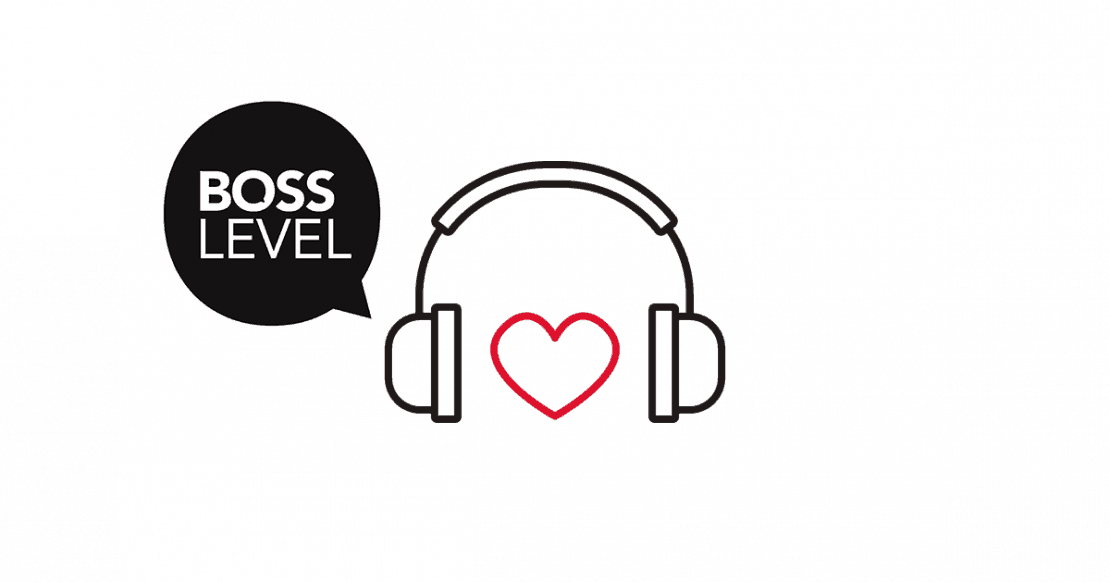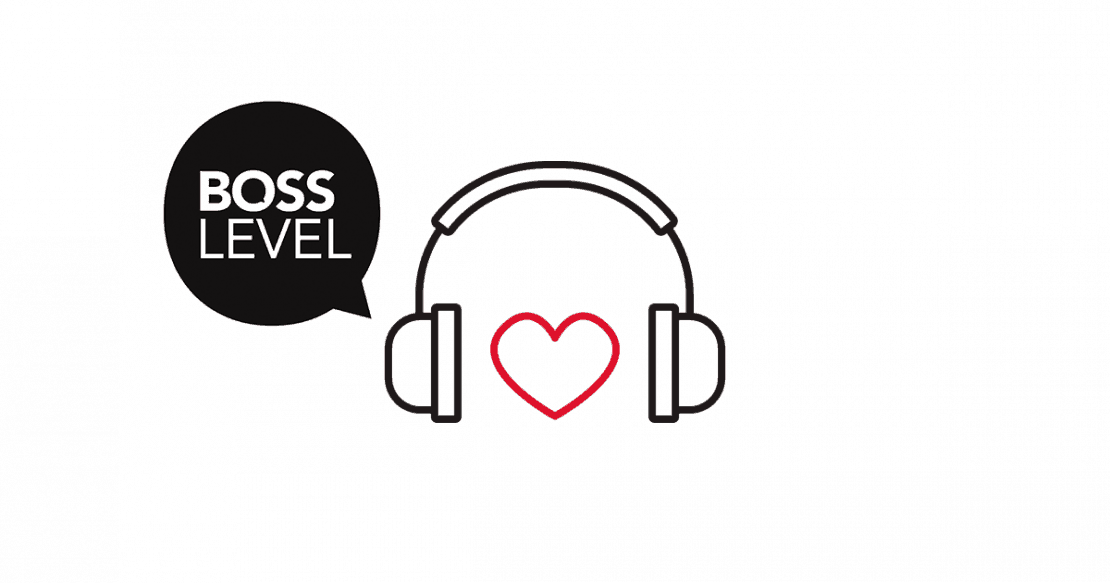9May2016
Leading global media network Carat published a new forecast report that predicts an optimistic global advertising spend in 2016, which is expected to increase overall by US$23 billion to hit US$538 billion – a +4.5% year-on-year increase compared to last year. Digital media share of global ad spend accounts for 27% in 2016, exceeding previous predictions, and keeps expanding.
The growing trend of total advertising spend is expected to continue with a further 4.5% in 2017, in line with the ongoing global economic growth.
A few special events including the US presidential elections, the Rio 2016 Olympics, and Paralympics, as well as the UEFA EURO 2016 football championship, will drive the general advertising market stability, supporting global ad spend in 2016. Carat estimates that the US presidential elections only will generate $6 billion.
Despite economic challenges in China and Brazil, all regions are expected to enjoy positive ad spending growth in 2016. North America stays strong with a 4.6% predicted growth; Western Europe’s ad spend is expected to grow 3.1%; Central & Eastern Europe region is forecast to return to a positive 2.2% after a negative 3% in 2015; Asia Pacific stays strong at 4.4% – India’s advertising expenditure accelerates to a forecast growth rate of 12%, while China’s estimated growth rate of 5.8% for 2016 is below the originally predicted 6.5% in Carat’s September 2015 report; and Latin Americas double-digit growth of 10.5% is driven by high growth rates in Argentina (33.8%). While struggling with recession and an unstable political situation, Brazil’s market growth rate is estimated at 6.8%.
Digital continues to be the strongest key driver in the global ad market growth, with an estimated $18.5 billion increase in spend in 2016. Accounting for 27% of the global ad spend, digital is predicted to grow in 2017 at double-digit levels of 13.6%. Hence, the expected digital share of all advertising spend globally in 2017 is 29.3%.
What keeps this number being still far from at least 50%? “It’s probably history, inertia, and probably some of how the industry works with ad agencies,” said Yaron Galai, CEO of the content discovery network company Outbrain. “I think they sometimes make choices of where the spend is going to go that are not completely aligned with value and ROI to the advertiser. Those things eventually catch up and the trend is absolutely clear if you look at the numbers. Advertising is absolutely moving online and to measurable and ROI driven.”
On the other hand, Jerry Buhlmann, CEO of Dentsu Aegis Network, commented on Carat digital forecast: “The strength of digital continues to be the dominant element in the growth of the global advertising expenditure whilst TV spend remains as the foundations of our industry. As advertising becomes more data-driven and complex, it’s crucial to move rapidly to navigate and meet the needs of the digital economy and this is reflected in the innovative capabilities and approach we provide to our clients.”
Digital is the leading media type in 12 out of Carat report’s 59 analyzed markets. Mobile, Online Video and Social Media continue to be the core elements of advertising investments, driving the ongoing growth of Digital. Mobile, the main driver of digital growth globally, shows the highest spend increase, being estimated at 37.9% in 2016.
We Are Social has reported in their “Digital in 2016” compendium, that more than half of the world has now a mobile phone, and the number of active mobile connections is almost double that of unique users. Mobile devices are now indispensable for many people around the world, allowing access to a wealth of information and entertainment, anytime and anywhere.
Spain (87%), Singapore (85%) and Japan (84%) top the unique mobile user rankings amongst We Are Social’s 30 analyzed economies, and only 8 countries in this year’s study show mobile phone penetration below 67%.
TV keeps having the highest share of global advertising spend, although declining year-on-year at a predicted 41.4% in 2016 and 40.7% in 2017. Newspapers and magazines struggle with an overall descending trend; newspapers’ 2017 predicted share is estimated at 10.3%, losing almost one percentage point from the forecasted 11.2% in 2016. Magazines’ year-on-year growth is forecast to decline by -1.7% in 2016 and -1.1% in 2017.
As to the factors that could maintain a healthy growth of the global ad market for the next few years, Galai added: “I think we are in a shift, especially online, between interruptive advertising, which is how all advertising used to be, and value driven advertising. A great example of that was search advertising and Google where the ads are actually a critical part of the search experience. I would say the search engine is worse off if it doesn’t have the ads, so that kind of value creation through advertising or providing value with content marketing is only a piece of it. I think this is how the future growth of online advertising is going to happen.”
Sources & Read more:
Digital in 2016 – by We Are Social


